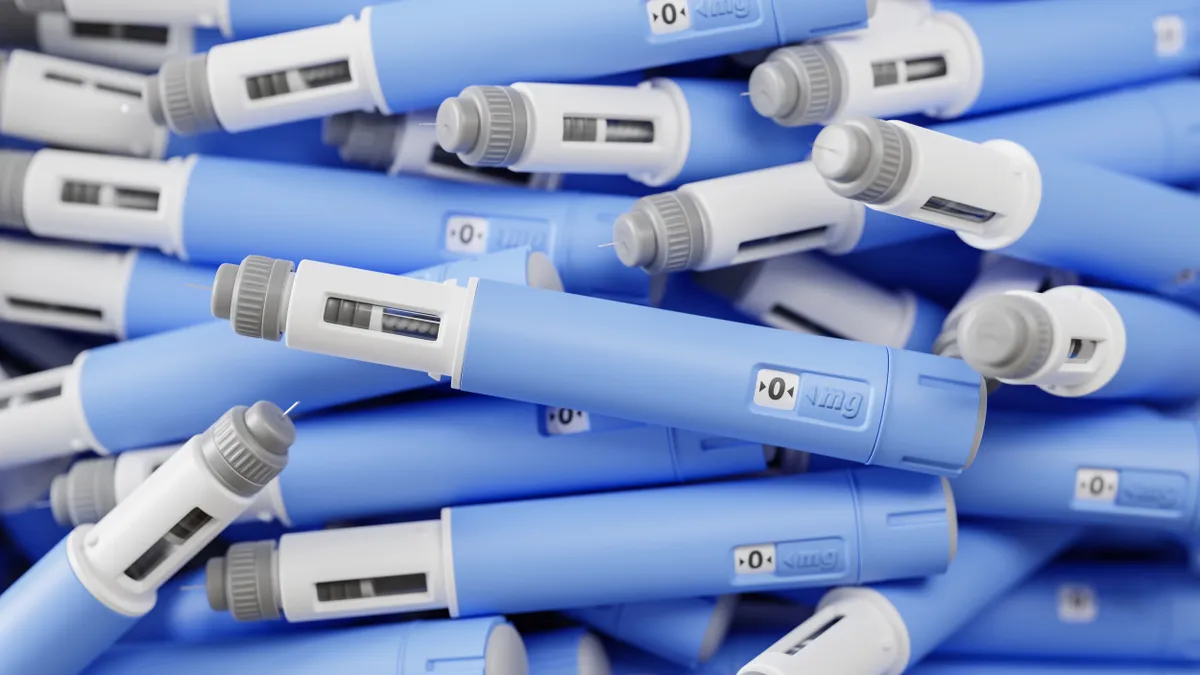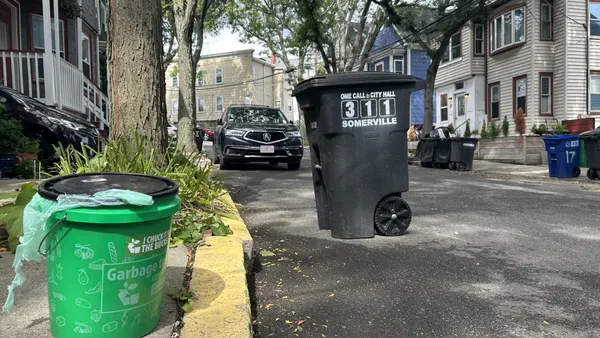Consumer food waste patterns are changing as the uptake of GLP-1 medications like Wegovy, Mounjaro, and Ozempic increases, experts in the space say.
The drugs, which suppress appetite and shift food consumption behaviors, may lead consumers to purchase and ultimately waste less food, said Brian Roe, a professor at the Ohio State University’s Department of Agricultural, Environmental, and Development Economics.
“I think it's going to be net positive,” for reduction efforts Roe said on a ReFed webinar hosted May 22. “If you bring less food into your home, and even if you keep the same fraction of waste … the total amount of waste would be less.”
About one in eight U.S. adults have used a GLP-1 medication, according to a Kaiser Family Foundation poll published last year. Health industry experts expect that number to rise as public awareness increases and the drugs are approved for more uses.
Roe, who leads the Ohio State Food Waste Collaborative and other research efforts supported by the National Science Foundation, published a study on changing food consumption behaviors for GLP-1 users in 2024.
The study found that a quarter of patients reported an increase in their food waste generated, while 61% did not report an increase in food waste generated. The study also indicated that patients who have been on GLP-1 drugs longer are more likely to report reduced food waste generation.
The study did not track the total amount of food waste generated by households, limiting the researchers' insight into GLP-1's impact on municipal organic waste levels. They also noted that future studies could take a closer look at how messaging toward patients taking GLP-1s impacts their food waste levels.
The research comes as the U.S. struggles to meet a national goal, set by the EPA in 2015, to halve food waste per capita by 2030. ReFed estimated that about 442 pounds of food per capita were wasted in the U.S. in 2023, per a report it published in February. The food waste solutions nonprofit said that total wasted food in 2023 equaled the amount wasted in 2016, the baseline year for the EPA’s goal.
In addition to generating less food waste, participants in Roe’s study also reported wasting fewer fruits and vegetables, shifting the composition of their organic waste output. GLP-1 medication users also gravitate away from fast food and high-sugar, high-fat foods.
Taken together, the early research suggests that the medications could alter food waste, reduce per-person food demand and change the mix of food demand, according to Roe.
“These novel medications really do hold potential impact for global health and big things for the global system,” he said. “These could have big changes on the system of sustainability.”
Sara Burnett, executive director of ReFed, said stakeholders across the food supply chain should also consider the implications of the group of medications. That ranges from restaurants serving smaller portion sizes to a decline in demand for certain commodity crops.
“Overall supply-demand is going to change,” Burnett said.
ReFed is currently studying the impact of portion size changes in restaurants with Georgetown University. Roe said he would also repeat the questionnaire he ran last year to gather more data on the impact of GLP-1 medications on food waste moving forward.











